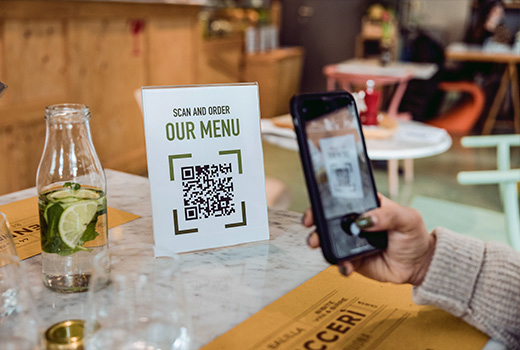Making the Magnificent Menu

The Art and Science Behind Successful Menu Engineering and Design
The average diner may pick up a menu and not fully realize just how much thought goes into it. After all, today’s menus, in many cases, have been heavily scrutinized from a design, content and user experience perspective in order to maximize effectiveness and profitability. So, what are the elements restaurants should consider when building their menus? Let’s take a look at some engineering and design fundamentals and explore some of the current trends that are shaping the modern menu.


“Menu engineering” is a term that was first coined in 1982 by Michael L. Kasavana and Donald I. Smith, both from the Michigan State University School of Hospitality.1 Essentially, it measures profitability and popularity of individual menu items, allowing operators to categorize each dish and make critical decisions about their performance and viability as a contributor to the bottom line. Operators can then construct a well-balanced menu comprised of items that perform well financially along with those that, while potentially less profitable, consistently attract diners.




The layout of the physical menu, also known as menu design, is equally as critical. What order do items get listed? Which items get highlighted? How can you draw the eyes to more profitable items? Many operators tend to utilize the “golden triangle,” placing high-profit items in the top middle, top right and top left of a menu where diners tend to look first. Others draw attention to signature or spotlight dishes with the use of shaded or colored boxes, photographs, logos or labels. Yet others claim customers subconsciously order one of the top two items within a section, offering yet another placement option for better performing dishes.2 Other effective tactics include:
- Omitting dollar signs. A Cornell University study found diners tended to spend more when they only see a number.3
- Utilizing an expensive decoy. Often, operators will add an item that’s pricier than an existing expensive, high-margin item as diners may shy away from the costliest dish.3
- Choosing colors carefully. Red stimulates appetite and encourages action while green implies freshness.4
- Limiting options. Psychologists suggest that restauranteurs limit options to around seven items per category, helping avoid anxiety over too many choices.4


Menu engineering and design are also being shaped by diners’ dietary needs and their desire to gain a deeper understanding of restaurant practices. Many restaurants now offer specific allergen menus. Further, extensive ingredient listings, symbols for gluten-free, vegan and vegetarian, and overt callouts if a dish can be prepared to suit a specific dietary restriction are more commonplace, creating diner confidence and eliminating the need to ask the server. Additionally, restaurants are being more transparent with their ingredient sourcing on menus, offering environmentally conscious diners a better overall picture of their efforts.5

The menu often gets overlooked as one of the most important marketing tools available to operators. After all, it’s a critical part of the restaurant experience and, when done well, has the power to tell a story in ways other elements can’t. Be sure to utilize it to tell your restaurant’s story, history or concept, highlight local ingredient suppliers, establish connections by humanizing dishes and creating nostalgia (e.g.…Chef Mike’s Charbroiled Steak or Grandma’s Chocolate Chip Cookies forge feelings of comfort and closeness) and promote other offerings such as delivery service or events.6


Following the pandemic and the necessitated use of QR codes, physical menus are back and feature more personality than ever. Here are a few more trends that are taking menus to new places.7
- Pops of neon, bright patterns and dazzling pinks are being utilized over traditional white and off-white menus to create bold, eye-catching splashes.
- Mascots are hot, with restaurants creating cute animal characters or anthropomorphized food to represent their brand.
- Cheesy fonts, wonky formatting, basic printer paper and messier looks are being done intentionally to convey a sense of informality.
- Crediting employees or adding a mention that the restaurant provides worker health insurance is becoming more widespread.

WHERE WE COME IN
In truth, we know a lot more about meat than menu design. But we do know plenty about helping operators create menu items that diners find irresistible.
All of our premium offerings are fully cooked and meticulously crafted. Whether it’s Texas-style pit-smoked barbeque, succulent sous vide-style meats or flavorful toppings that steal the show, we’re here to help you build a menu that impresses and brings diners back.
If you’d like to see how Heritage Premium Meats can take your menu to new heights without adding complexities, please get in touch.

Who is Heritage Premium Meats?
Born to three legacy brands, Heritage Premium Meats is a distinguished collective built on listening, collaborating and sharing ideas that solve real business problems. We offer authentically crafted protein solutions that are rooted in tradition and ready for the future.
For you, that means getting exactly what you need, just the way you want it. Whether it’s a private label product or flavor that’s uniquely yours, you can let your imagination lead the way when you partner with us. Because together, anything is possible.
1Craftable, “Menu Engineering 101: The Sales-Boosting Basics,” 2022.
2Aaron Allen Associates, “Menu Design: Why It’s Important and How to Do It Right.”
3Popmenu, Cornell University Study, 2009.
4WebstraurantStore, “Menu Engineering,” 2023.
5MadMobile, “9 Ways Menus are Being Influenced by Consumer Preferences,” 2021.
6Popmenu, “Why Restaurant Menu Design Matters.”
7New York Times, “The Menu Trends that Define Dining Right Now,” 2024.
